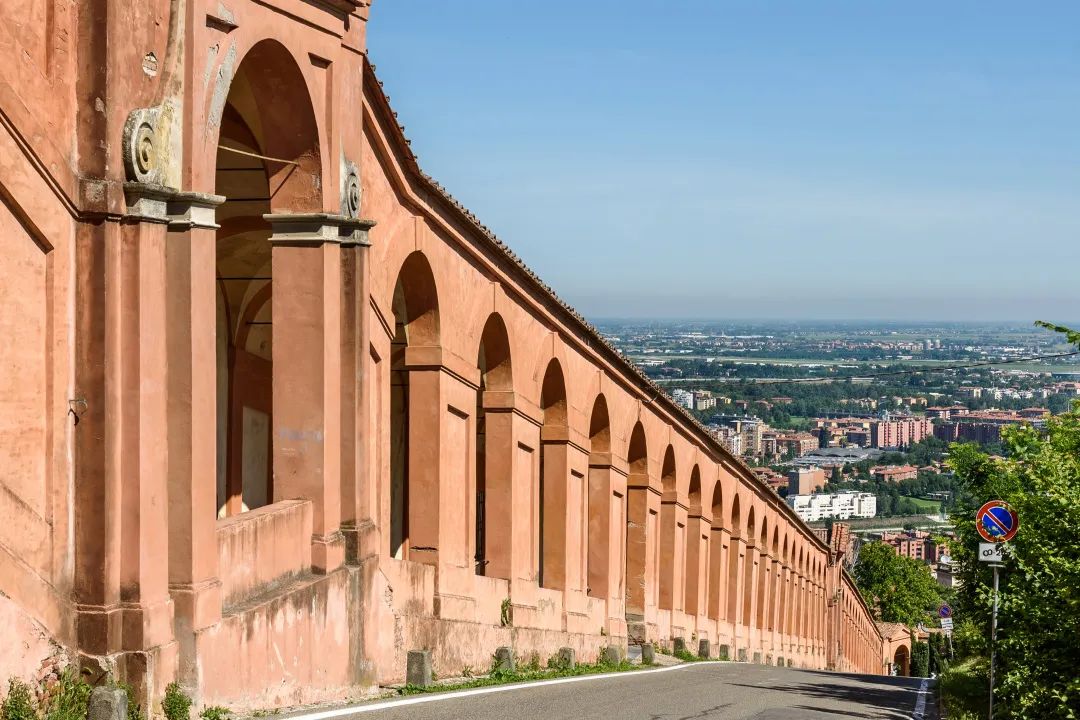遗产数据库
博洛尼亚的拱廊The Porticoes of Bologna
The Porticoes of Bologna
申报国:意大利
价值标准:(iv)
The Porticoes of Bologna
The serial property comprises twelve component parts consisting of ensembles of porticoes and their surrounding built areas, located within the Municipality of Bologna from the 12th century to the present. These portico ensembles are considered to be the most representative among city’s porticoes, which cover a total stretch of 62 km. Some of the porticoes are built of wood, others of stone or brick, as well as reinforced concrete, covering roads, squares, paths and walkways, either on one or both sides of a street. The property includes porticoed buildings that do not form a structural continuum with other buildings and therefore are not part of a comprehensive covered walkway or passage. The porticoes are appreciated as sheltered walkways and prime locations for merchant activities. In the 20th century, the use of concrete allowed the replacement of the traditional vaulted arcades with new building possibilities and a new architectural language for the porticoes emerged, as exemplified in the Barca district. Together, the selected porticoes reflect different typologies, urban and social functions and chronological phases. Defined as private property for public use, the porticoes have become an expression and element of Bologna’s urban identity.
博洛尼亚的柱廊
该系列遗产包括十二个组成部分,由12世纪至今位于博洛尼亚市内的柱廊及其周边建筑区组成。这些柱廊被认为是最具代表性的城市柱廊,总长度为62公里。部分柱廊由木材建造,其他则由石头或砖块以及混凝土建造,覆盖道路、广场、小径和走道,位于街道的一侧或两侧。该遗产包括与其他建筑没有形成结构连续体的柱廊建筑,因此不属于综合有盖人行道或通道的一部分。柱廊被视为有遮蔽的人行道和商业活动的黄金地段。20世纪,混凝土的使用使传统拱形拱廊得以被新的建筑可能性所取代,柱廊也出现了新的建筑语言,如巴尔卡区所示。所选柱廊共同反映了不同的类型、城市和社会功能以及时间阶段。这些柱廊被定义为公共使用的私有财产,已成为博洛尼亚城市身份的表达和元素。

